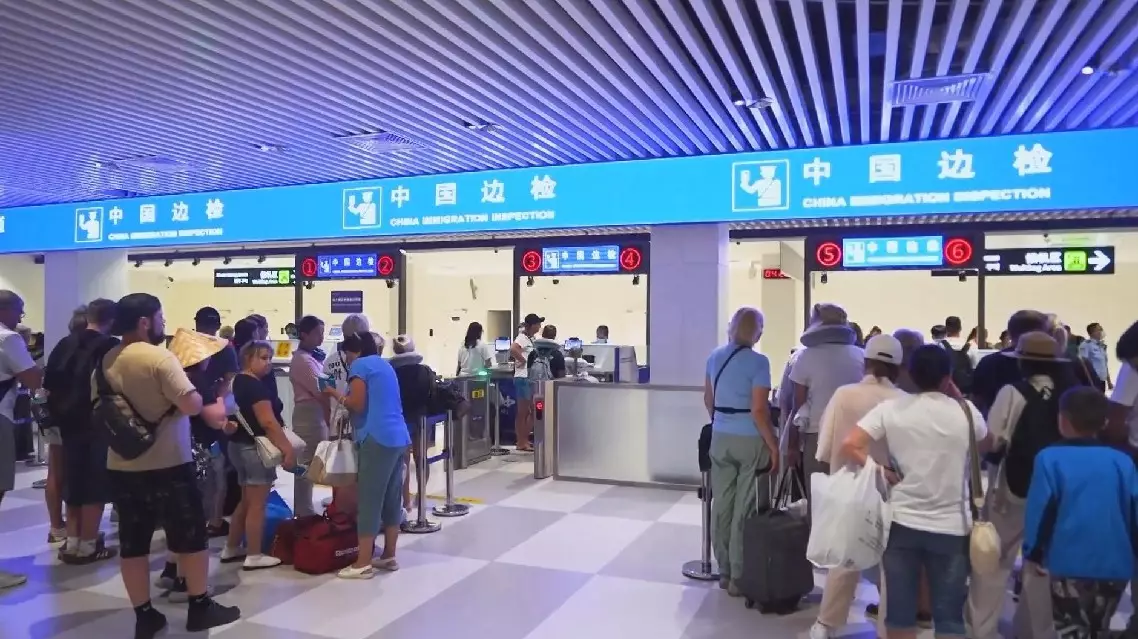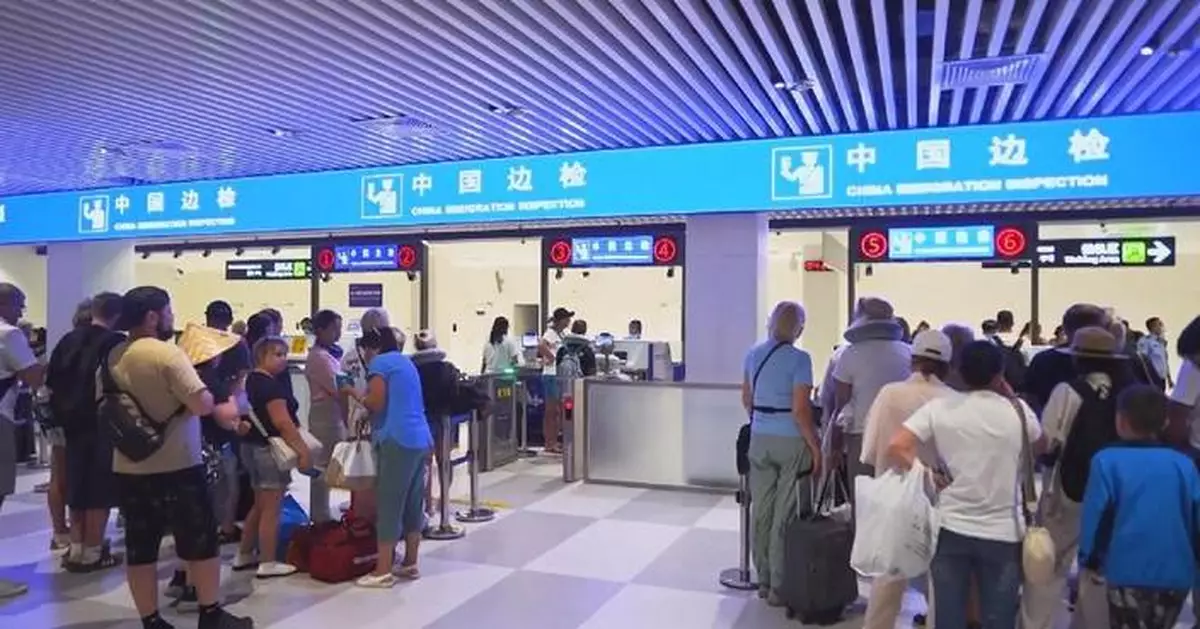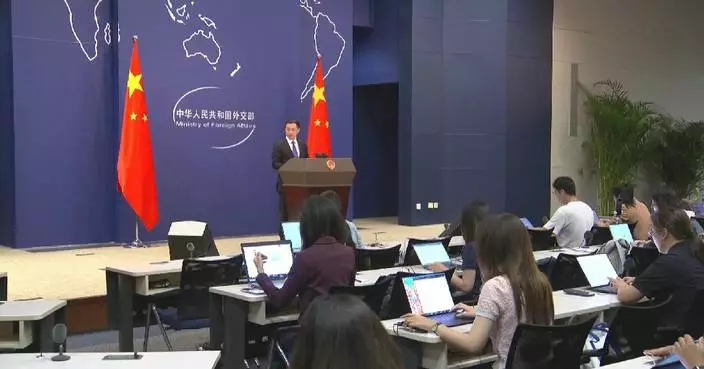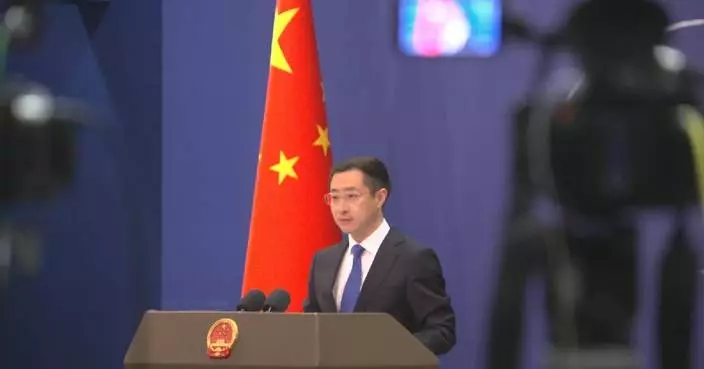Hainan's launch of a six-day visa-free policy for foreign tour groups entering the island province from Hong Kong or Macao is expected to attract a significant influx of tourists.
Starting from Tuesday, people from countries with diplomatic relations with China can visit the southern island province of Hainan visa-free for 144 hours via tour groups registered in Hong Kong and Macao special administrative regions, said the National Immigration Administration.
The tropical island province stated that it will further optimize the customs clearance and enrich tourism products to promote the growth in inbound tourism.
"In Hainan, the border inspection agencies have introduced biometric data collection equipment at international airports in Haikou, Sanya, Boao, and other places, greatly cutting time that passengers spend on customs clearance. At Haikou Meilan International Airport, the verification channels have been increased from eight to 18, and the fast lanes have been expanded from six to 24," said Luo Zhengyu, deputy director of the Haikou General Station of Exit and Entry Frontier Inspection.
Data show that in the first half of this year, Hainan attracted nearly 500,000 inbound tourists, a year-on-year increase of more than 251 percent. During the peak summer tourism season, the island has become one of the popular destinations for Hong Kong and Macao residents as well as foreign tourists. Air passenger trips between Hong Kong and Hainan have increased nearly 40 percent year on year.
To cope with various demands from tourists, the province has also launched customized tourism products.
"More than 20 tourism products and routes tailored for this policy have been developed. We also added customized inbound tourism products that contain flights connecting Hong Kong or Macao to Sanya, as well as various hotel accommodations," explained Liu Cheng, deputy director of the Hainan Provincial Department of Culture, Radio, Film, Television, Publications and Sports at a press conference on Wednesday.

Hainan prepares for tourism surge following new six-day visa-free policy
Permanent representative of Israel to the United Nations (UN) Danny Danon on Thursday denied that any discussions had occurred between Israel and the UN regarding delivering humanitarian aid to Gaza.
Danon made these remarks at the UN headquarters in response to a query from a China Central Television (CCTV) reporter about the ongoing failure to deliver humanitarian aid to Gaza.
Israel blocked the entry of goods and supplies into Gaza on March 2, following the end of the first phase of a January ceasefire deal with Hamas. It resumed attacks on Gaza on March 18.
With no food, no supplies, and no relief in sight, Gazans have been enduring a relentless fight for survival.
In response to mounting international condemnation, Israel has proposed that its military take over the distribution of aid - a move widely criticized by the international community.
Briefing a Security Council meeting on Tuesday, Under-Secretary-General for Humanitarian Affairs and Emergency Relief Coordinator Tom Fletcher noted that the UN has met for over 12 times with the Israeli authorities regarding the latter's proposed aid distribution model, yet no solution had been found.
Danon, however, stated that no discussions have taken place in recent weeks regarding the issue.
"I don't know about that. Actually I listened to Mr. Fletcher's remarks at the Security Council the other day, and I can tell you that he visited Israel but he had no discussion about that fund because it was way back and in the last few weeks there was no dialogue about that. I would expect UN officials to engage when they want to speak about issues they know how to reach us, they know how to reach the U.S. mission. We are here to engage," he said.
"They got some information from the media, I assume. But I think they should look into that and to realize that if they want to be involved, that is the way to be involved," he added, reiterating that the UN has not reached out.
In response to Danon's denial, the United Nations reaffirmed its position, standing by the public statement released by Fletcher.
"I heard what he said, and we stand by what Mr. Fletcher has said," Farhan Haq, deputy spokesperson for UN Secretary-General noted later on the day, commenting on Danon's statement.
"Mr. Fletcher gave the details," he continued.

Israel envoy denies discussions with UN on enabling Gaza aid deliveries






















































